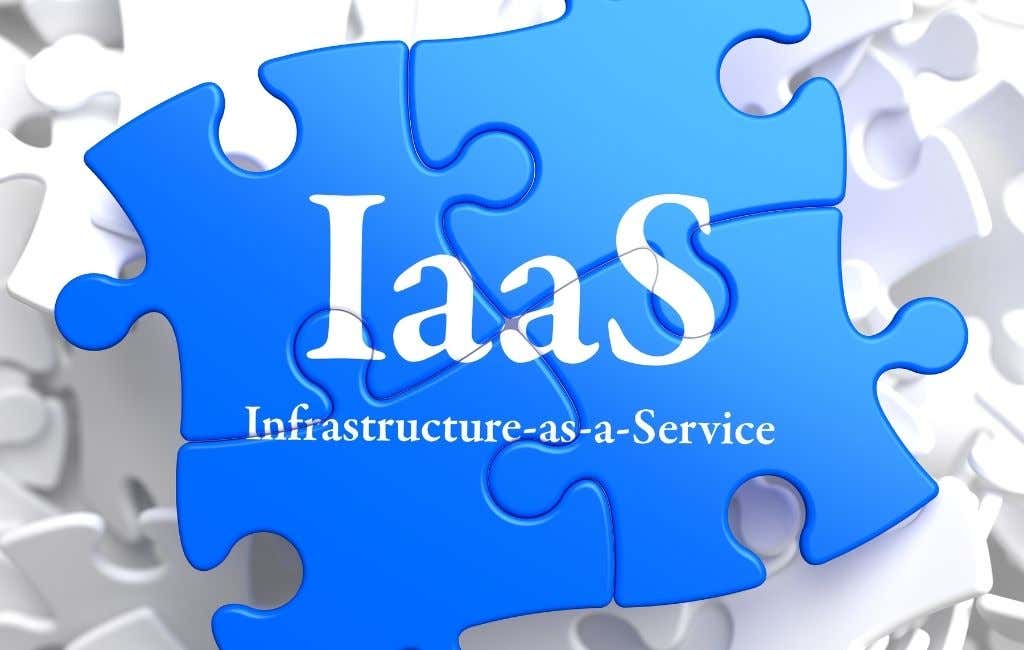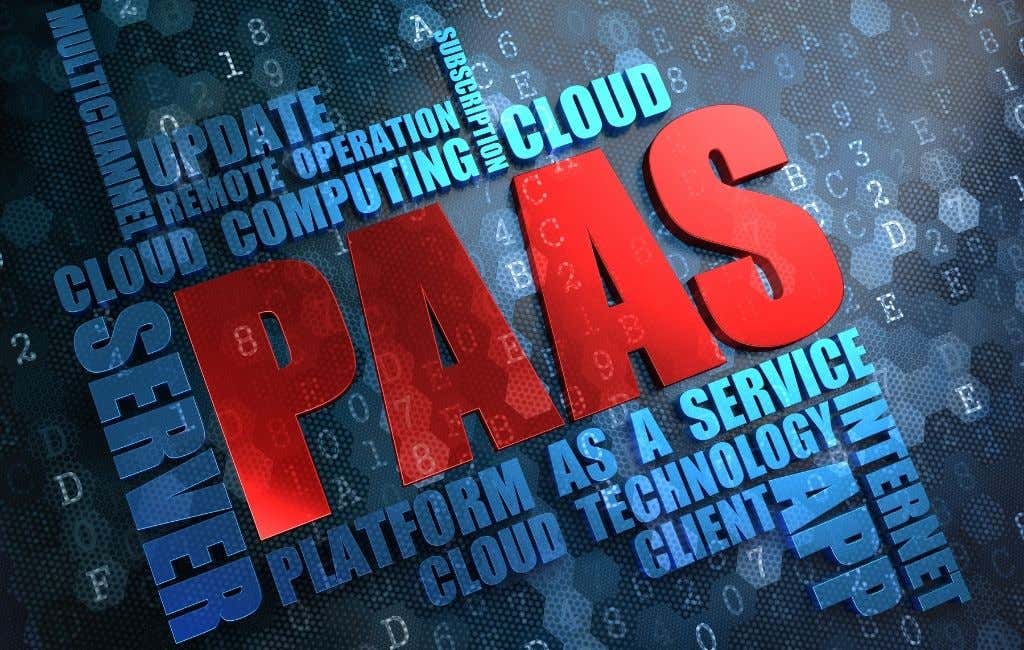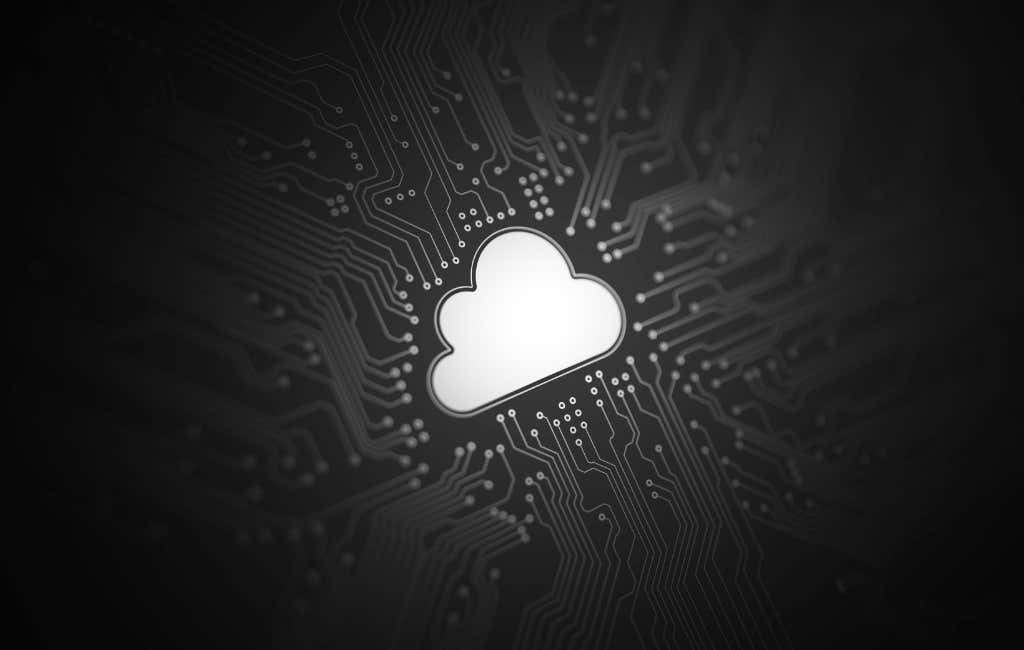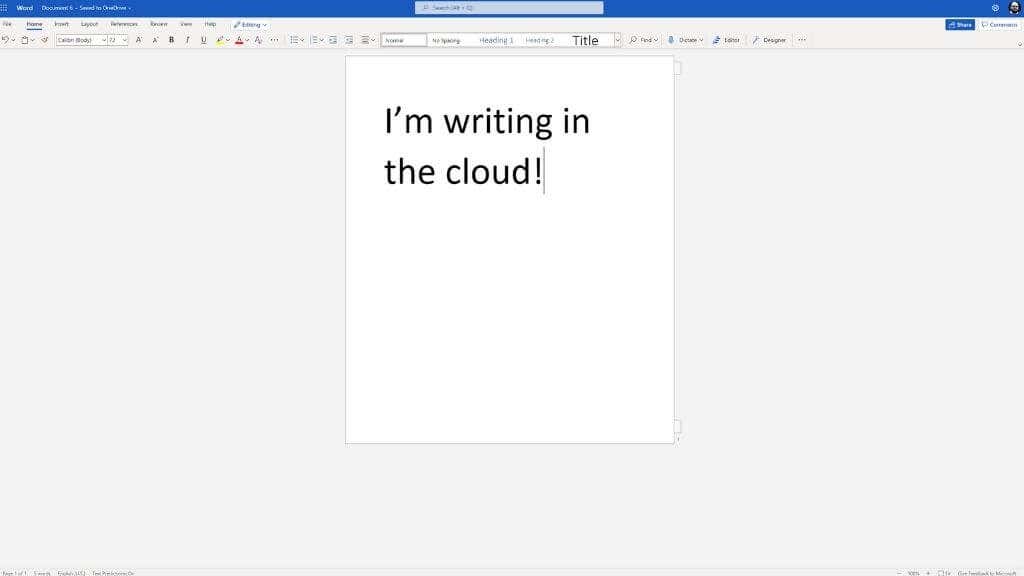We’ve all heard about the “cloud” and most people know that cloud computing means that you have to use an internet connection to access software and services. However, there are many types of cloud computing that have different purposes and advantages.
The Main Types of Cloud Computing
When we talk about the “types” of cloud computing, this can refer to two different things. One way of looking at cloud computing is to focus on what the technology is used for. Most of this article is focused on that, but first we need to look at cloud computing in terms of its architecture.
From this point of view, there are three kinds of cloud computing.
1. Infrastructure as a Service (IaaS)
One type of cloud computing offers on-demand data center resources. You load and/or write all the software. This is essentially like buying your own data center, except that you’re renting the hardware.
2. Platform as a Service (PaaS)
If you want to develop cloud applications, but don’t want to maintain the operating systems or development environment in the cloud, you need PaaS. They’ll provide the tools you need to make your cloud service or app.
3. Software as a Service (SaaS)
If you aren’t a cloud provider or a developer, then SaaS is the most common type of cloud computing you’ll encounter. Almost all the cloud computing types we’re going to discuss below are an example of SaaS and are aimed at end-users.
4. Remote Computer Rental
If you need access to a computer in a data center, you can pay to have exclusive or shared access. This is exactly the same as using a remote desktop to access your home computer from, for example, a tablet computer. The difference is that you don’t have to pay for the computer, you don’t have to maintain it, and all the other headaches of making it available to you 24/7 are taken care of by someone else for a single fee.
This is a popular choice for people who need access to certain types of hardware some of the time or who don’t want to permanently own a computer that needs to be upgraded often. For example, you can rent a Mac in the cloud, or perhaps you need a super-fast workstation computer to crunch some numbers for you and then send you the results.
5. Virtual Machine in the Cloud
Using a virtual machine is a type of cloud computing somewhat related to the type just mentioned, except that you aren’t renting a physical computer. Instead, you’re paying for a virtual machine that’s running alongside many other virtual machines on the same physical computer.
For many users, the distinction doesn’t matter and they’ll just go with the cheaper option. However, renting a physical data center computer for your exclusive use does mean you get guaranteed performance at all times.
6. Native Cloud Applications
A native cloud app is one that runs on cloud computing infrastructure and was developed from the start to work that way. So running Microsoft Word on a virtual machine you’re renting in the cloud is not an example of a native cloud application.
The Office 365 Word app that you access through your browser is however a native cloud application. The same goes for applications like Gmail and most cloud-based services you use every day.
7. Cloud Storage
Cloud Storage is a simple concept. Instead of saving your files on a hard drive in your computer or on a local external hard drive, you save it using a cloud service on a remote computer.
Most cloud storage services are much more than an external drive in the sky. Your data is stored according to international standards, which includes having several redundant copies stored in physically separate locations. Cloud storage services also offer extra capabilities, such as being able to search within your files or editing them in the cloud.
Examples of Cloud Storage include Google Drive, Microsoft OneDrive, DropBox, and Apple iCloud.
8. Social Media
Social media has taken the world by storm. There’s a good chance that everyone reading this article uses at least one of the major social media services, whether it’s Facebook, Twitter, Instagram, or any of the other big names. If so, you’re using a cloud service. Even though you may not think of social media as cloud applications, all your data and most of the computing used with these services live in the cloud.
9. Entertainment Streaming Services
Whether you’re listening to music on Spotify or watching the latest Netflix Original, you’re making use of a cloud service. Although the apps running on your device do some of the work, most of the heavy lifting goes on far away in a data center.
Not only are these services sending content to your device on-demand, they dynamically adjust the quality depending on your internet connection. These services also keep a close eye on what you do with the service, so they can make recommendations based on your personal data and that of other users.
You can also stream video games. You don’t have to buy a console or build a gaming PC, just pay to use a service such as Xcloud, Geforce Now, and Google Stadia. They work with tablets, smart TVs, or just about anything with a browser and controller support. Cloud gaming is still very new, so all the bugs haven’t been worked out. However, if you have excellent internet connectivity it’s worth trying already.
10. Decentralized Cloud Services
Traditional cloud services rely on centralized data centers to work, but there are privacy concerns that go with this. For example, if you can search inside your documents in a service like Google Docs, it means Google can (in principle) read everything inside that document too. The only thing protecting you are privacy laws and the cloud provider’s own privacy policy, but there’s no actual barrier to protecting your information from them.
This is where the idea of a decentralized cloud provider came from. The (now defunct) Graphite Docs is perhaps the best-known example. Graphite Docs worked a lot like Google Docs, at least from a user’s perspective, but it didn’t have a central data center. Instead, it used blockchain technology to host and encrypt user data. You get the advantages of cloud productivity without privacy concerns.
Sadly, Graphite Docs shut down in 2020, but its source code is Open Source, which means anyone else can set up their own version.
There are also other decentralized app development options, such as Stacks (formerly Blockstacks) which lets you write “dapps” or decentralized apps that connect to blockchain-based currencies.
Living Head in the Clouds
While there will always be a place for your personal computer, it seems that the future will be more and more cloud-based. As the internet eventually covers the entire planet, we’ll be seeing the cloud become the most important type of computer technology.










